CHARLES DARWIN AND THE VAMPIRE FINCH

For millions of years, the Galápagos Islands, located roughly 600 miles off the coast of Ecuador, were one of the world’s best-kept natural secrets, evolving into the home of the most fascinating plants and animals of all time. These secrets were finally revealed as the islands were discovered by pirates, scientists, and the first ever resident of the Galapagos.

But best known of all was Charles Darwin who visited the Galapagos islands in 1835, and for 19 days studied and recorded its flora and fauna. A study that, together with the theory of evolution, would change the world forever.
Starring in these discoveries was the finch, known for helping Darwin understand that evolution happens by natural selection. Darwin realised that a few million years ago, there was only one kind of finch in the Galapagos. Over time, they evolved into 13 more in what is called “adaptive radiation” - when one species gradually spreads into various subspecies over an empty ecospace. These became known as the Darwin finches.
The adaptation occurred according to different habitats where climate and topography affected beak size and shape - each habitat creating a totally different kind of beak.
Some finches developed short, strong hammer-like beaks to crack hard nuts and seeds. Others developed long beaks to feed on insects.
But on the most remote and off-limit islands of the archipelago, where the environment is harsh in the extreme, one species stood out - the only finch to adjust to the dry and mostly waterless Wolf and Darwin islands (aka Wenman Islands). These islands are rarely visited even today because of the harsh terrain and total lack of permanent water sources.
These finches had to develop razor-sharp beaks to find nutrition in the harshest of places. This adaptation led to sucking the blood of large seabirds.The scientific world was deeply perplexed:
How did a songbird like the finch become a bloodthirsty vampire?

The first vampire ground finch (Geospiza septentrionalis) was spotted in 1964, piercing its steak-knife beak into a Nazca booby, a large seabird which climbs high into the air in order to dive into the sea to spear fish. Finches don’t have that ability to dive-'n-dine. So they were driven to drinking the blood of the Nazca as well as the Red-footed boobies. This gruesome evolution occurred over a period of 500,000 years on islands where conditions are harsh and seeds, their normal food source, simply don’t exist.

Blood wasn’t their first intention. At first, vampire ground finches found nutrition in the bird lice on the booby’s skin and feathers or bacteria from a reptile's guts. The finch picked out the parasites for supper until even parasites became scarce. Looking hard for something to eat, the finch accidentally tasted the blood from a cut in the booby’s skin. After that there was no way back. These finches started using their beaks to reach the blood and their tongues to sip it. This behaviour has resulted in the common name of vampire ground finches.
Yes, sounds almost like a horror movie, but think, when there are no insects, berries, flowers - or any other food source, you take what you can get. The blood is not ideal. It doesn’t have all the necessary nutrients and is too high in salt and iron. But it is something to live on until times get better.
Vampire finches had to resort to what they could get, sucking the blood of adults, and even the young boobies. They will even go as far as rolling an egg out of its nest, cracking it, and taking turns to eat the yolk.
When times are truly hard, the vampire finches suck the blood of their own dead.
Why should a larger animal let a small creature suck its blood?

At first, this strange phenomenon was a sort of a cleaning-day for boobies, a natural way for them to rid themselves of parasites. But once the vampire finches tasted blood… they wanted more. Soon enough, the attacked seabirds realized that resistance is futile. The vampire finches outnumber all the birds of the islands combined. If a booby swats one, two more finches will arrive. If the booby swats those two, a whole group of finches will arrive. The boobies realized that they were powerless and let the finches peck away.
Luckily, there is no long term damage from these blood-sucking aviators. For the boobies, it is more of a pesky annoyance than a deadly problem.
Before you go: a little bit about this vampire finch:

The vampire finch is a small bird weighing about 70 ounces. It’s grayish-black in body and tail, has tiny black glossy eyes with gray borders, and conical, light orange extra sharp beak.
Their average life span is 5-10 years as they have no real predators on the islands. The finches form monogamous pairs and build dome-shaped nests in bushes or cactus plants.
The female hatches her eggs in proportion to the abundance of rainfall and availability of food.The hatchlings are fed with insects for about 14-15 days until these baby vampire finches spread wings and fly the nest.

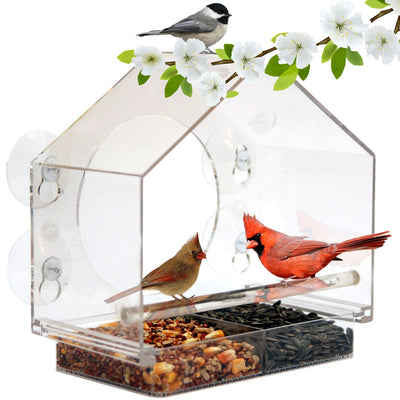


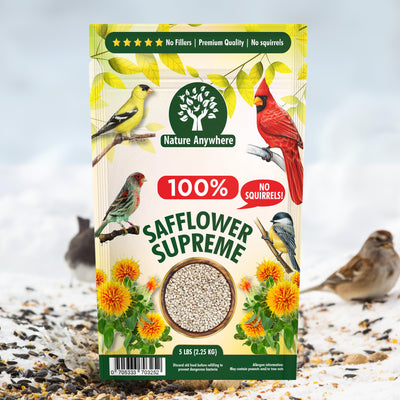
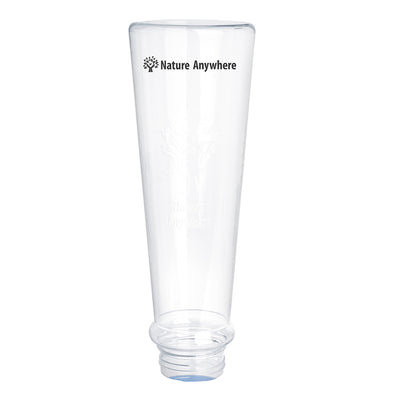
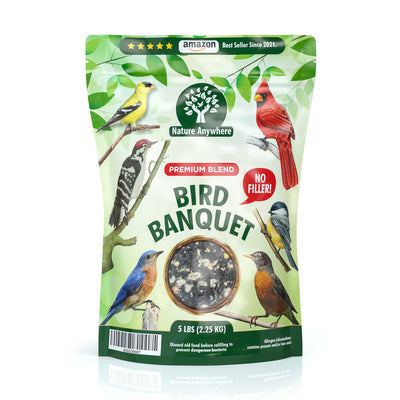


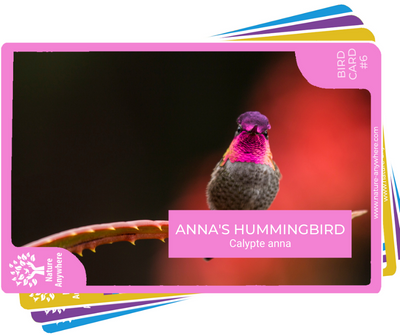
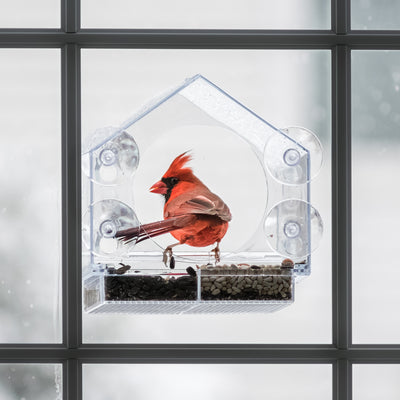
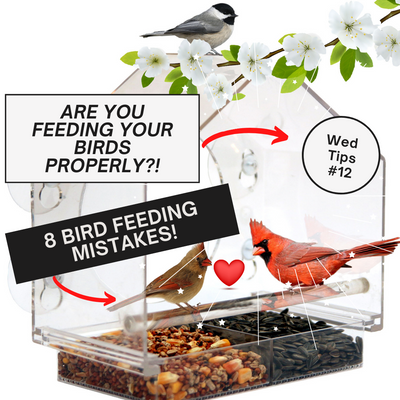
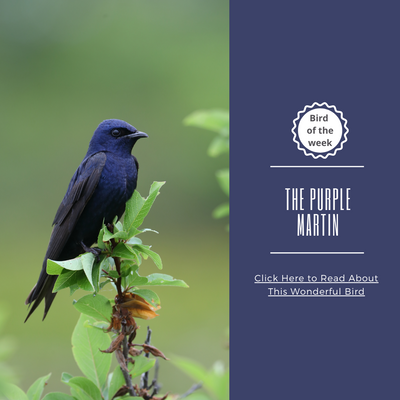
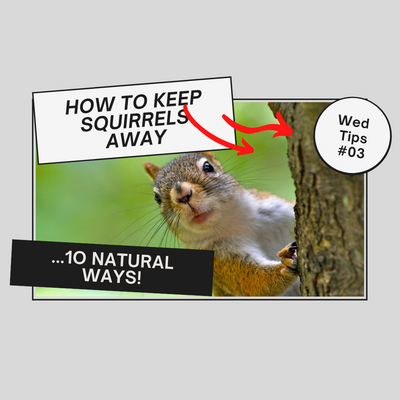
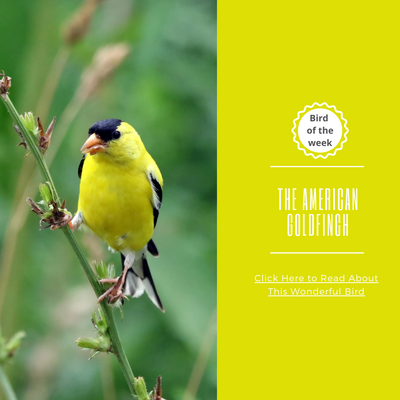

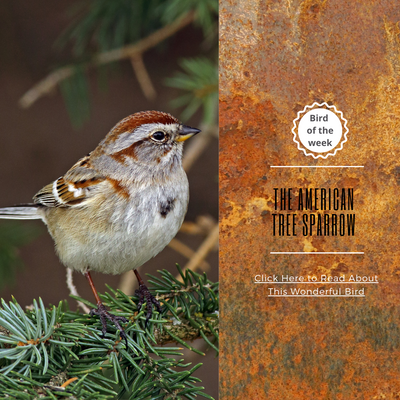
wow you ate this up
this helps with my school project thank you
Greeting you all with many thanks. I got worthy knowledges to know about Nature’s evolution. Thanks again.